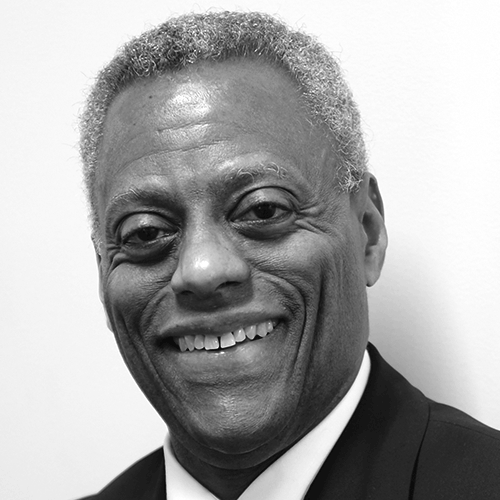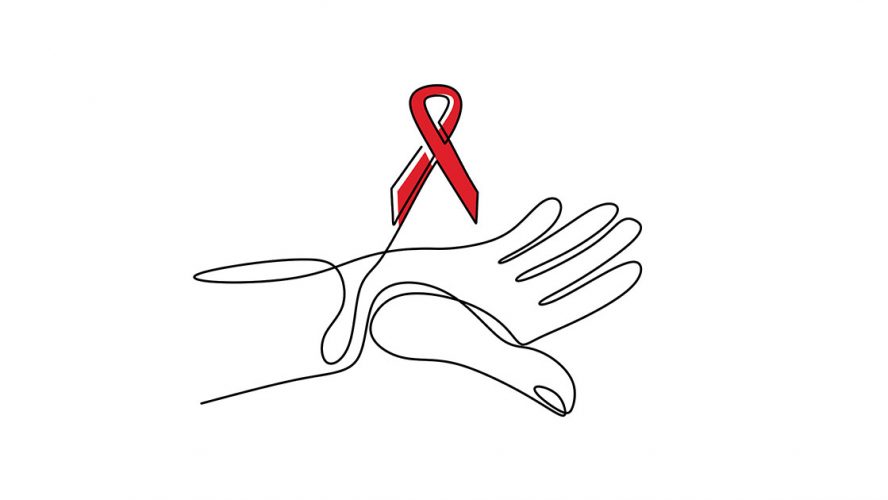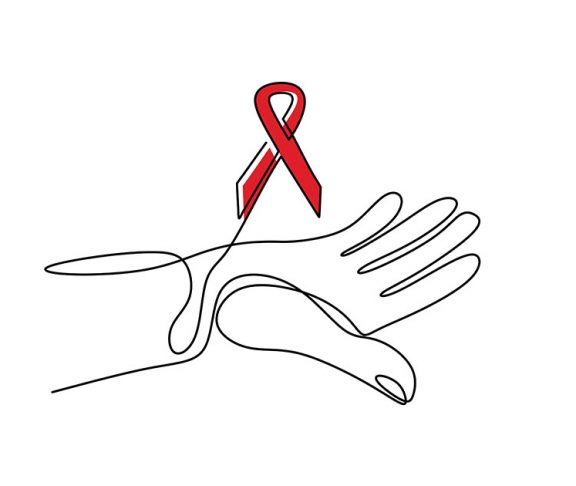
Jesse Milan Jr. J.D.
President and CEO, AIDS United
Like so many others, I lost loved ones to the HIV epidemic, but there’s a brighter future on the horizon.
My life changed on June 5, 1981, though I didn’t know it at the time. That was the day the Centers for Disease Control and Prevention announced an unusual disease found in five gay men in Los Angeles.
Then reports started coming in from other cities. Gay men around the country were getting sick and dying, including my own friends. My partner died of AIDS in 1985, and then I was diagnosed with HIV.
We cried. We attended funeral after funeral. We were terrified. We faced a federal bureaucracy paralyzed by homophobia and stigma. And so, we mobilized. We taught safer sex practices, fought for the treatments we needed and deserve, advocated for funding and policies, and we created programs and agencies to help us.
We’ve also learned a lot in the 40 years of the HIV epidemic. We have found that taking a medicine, called preexposure prophylaxis (PrEP), prevents someone from contracting HIV. And we’ve discovered that with treatment, HIV levels in a person’s body can get so low that a lab test can no longer detect the virus. Undetectable also means untransmittable. A person with an undetectable viral load cannot pass the virus along to anyone.This undetectable status means a person living with HIV won’t develop AIDS, and they can live a long and healthy life.
There’s now ample data that shows syringe access programs prevent the spread of HIV and connect people with medical care.These prevention and treatment strategies are the backbone of reaching the end of the HIV epidemic. They are the tools necessary to stop new infections, illness and death. As the HIV epidemic enters its 5th decade, we need the political will to invest in them and ensure everyone has access to prevention, treatment and care.

